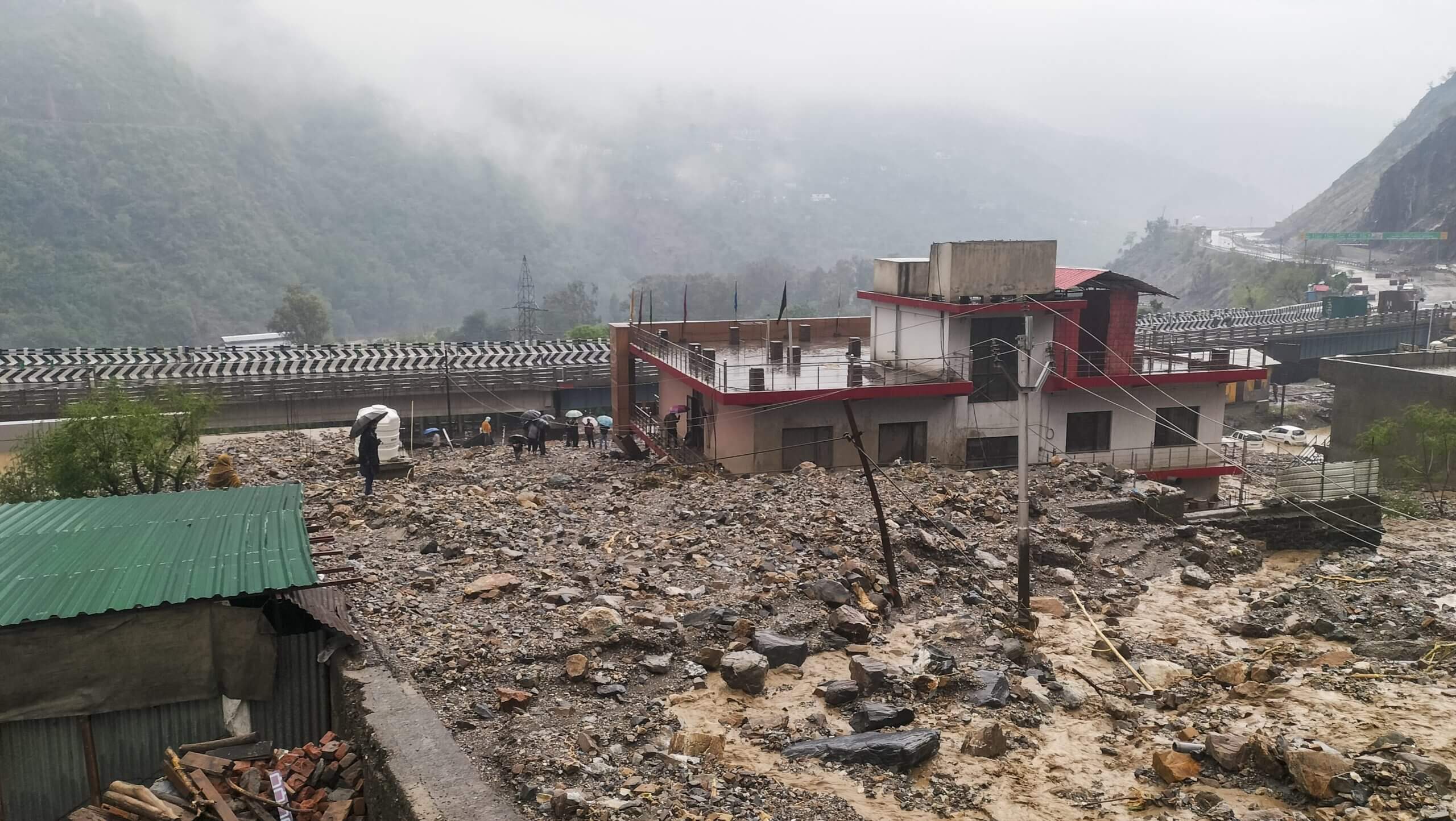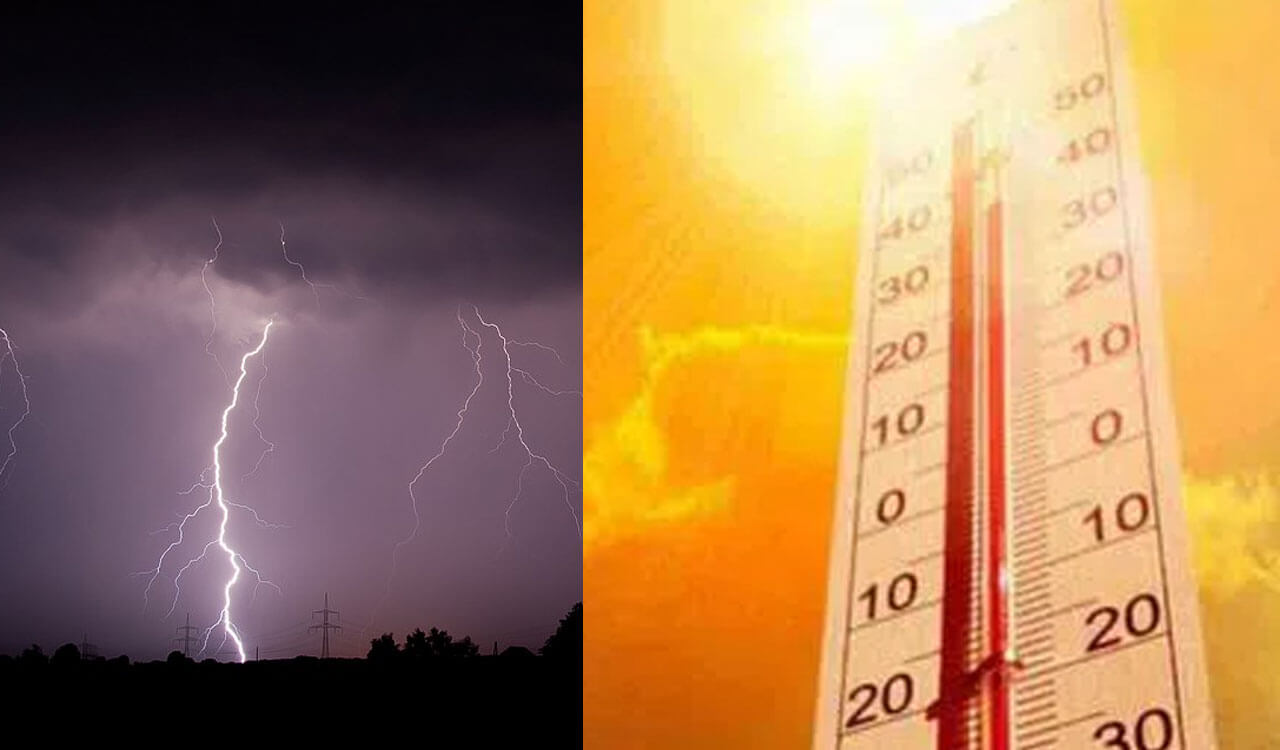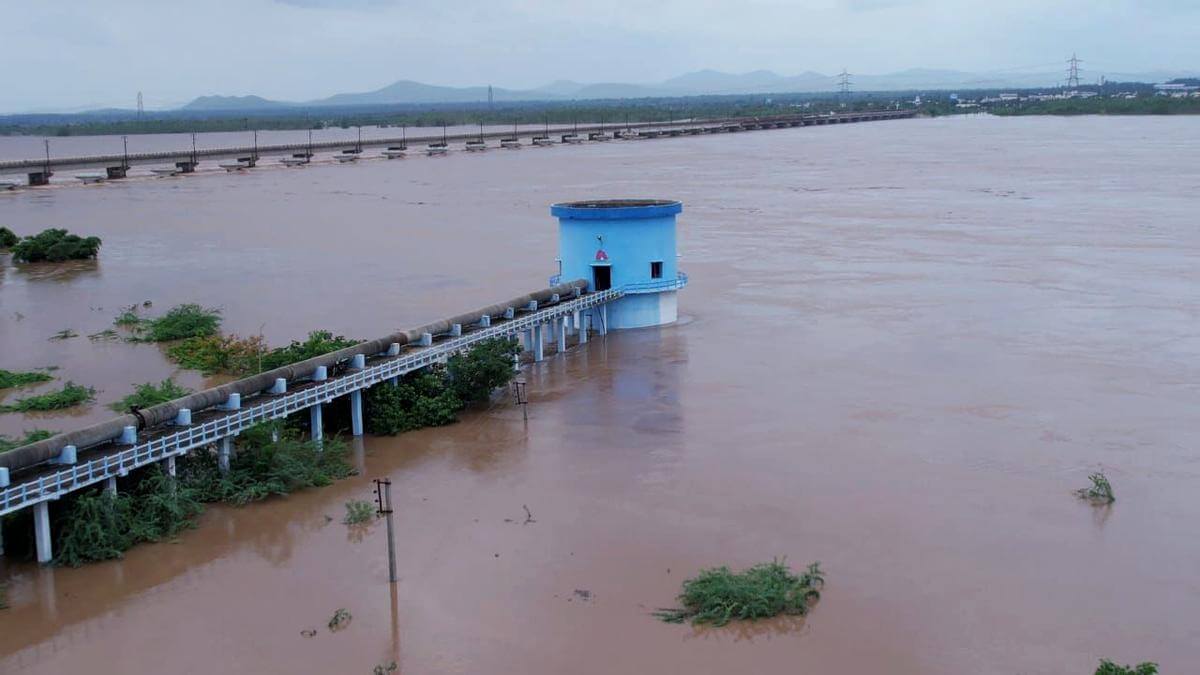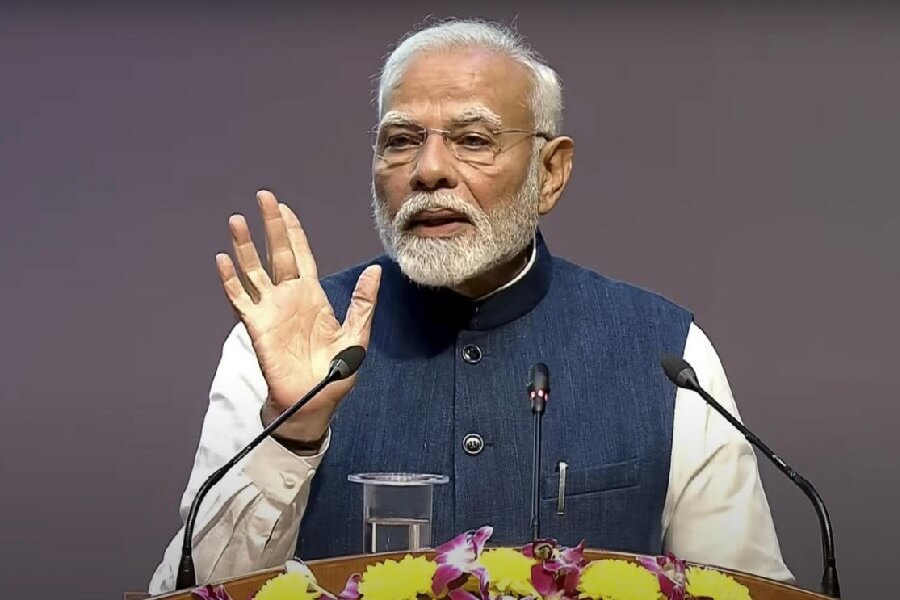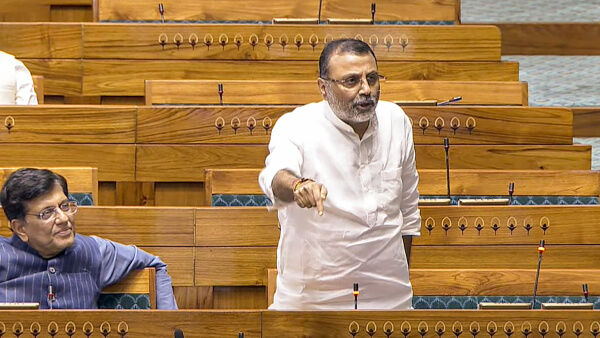Parts of the world to witness annular solar eclipse on June 21
Sat 20 Jun 2020, 11:05:51
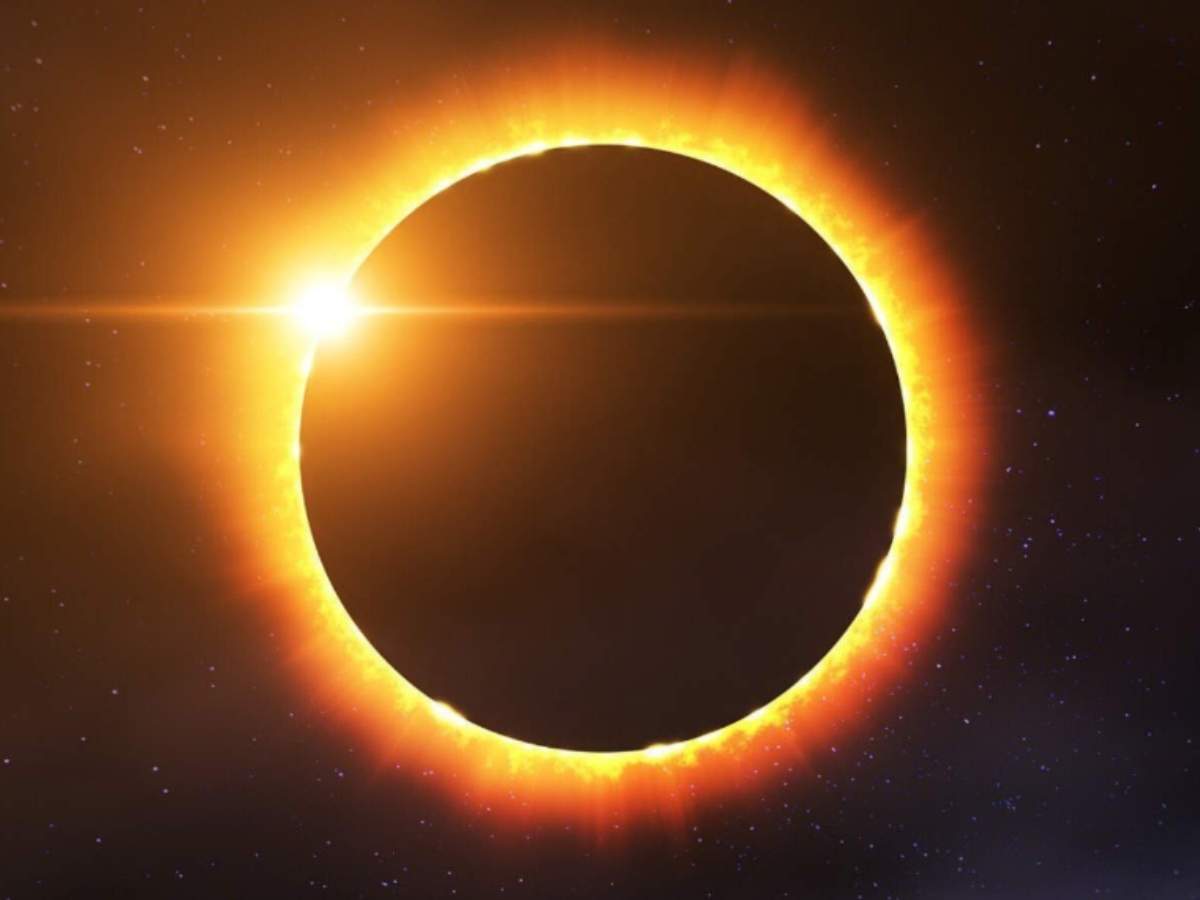
The 21st June is going to be celebrating an astronomical event as well. Parts of the world would witness an annular solar eclipse on June 21st and the celestial event will be visible in Rajasthan, Haryana and Uttarakhand. Indian Institute of Astrophysics in Leh Ladakh is making arrangements to live stream the annular eclipse from Hanley, one of the world's highest located sites for optical, infrared and gamma-ray telescopes.
An annular eclipse can occur when the Sun is apparently larger than the Moon in size. This happens when the moon is farthest from the earth. The celestial event occurs when the Moon passes between Earth and the Sun, thereby totally or partly obscuring the image of the Sun for a viewer on Earth. On 21st of June, the annular eclipse will first start for the people of Congo in Africa and progress through South Sudan, Ethiopia, Yemen, Oman, Saudi Arabia, the Arabian Sea and Pakistan, before
entering India over Rajasthan.
entering India over Rajasthan.
The eclipse then moves on to Tibet, China, Taiwan, and eventually end in the middle of the Pacific Ocean. In India, the path of the annular solar eclipse will start near Gharsana in Rajasthan around 10:12 am and the phase of annularity will begin around 11:49 am and end at 11:50 am.
The Sun’s corona, a white halo around the solar disc as a neclace of shiny beads, will be visible during this eclipse. As the next eclipse is visible from the country only after 11 years in 2031, this is a big astronomincal event for India.
Hanle observatory incharge engineer Mr. Angchuk Dorjey said, Indian Institute of Astrophysics has made arrangements for webstreaming of annular solar eclipse from Hanle observatory. Simultaneously, Kodaikanal Solar observatory is also tracking the celestial event.
No Comments For This Post, Be first to write a Comment.
Most viewed from Specials
Most viewed from World
AIMIM News
Latest Urdu News
Most Viewed
May 26, 2020
Do you think Canada-India relations will improve under New PM Mark Carney?
Latest Videos View All
Like Us
Home
About Us
Advertise With Us
All Polls
Epaper Archives
Privacy Policy
Contact Us
Download Etemaad App
© 2025 Etemaad Daily News, All Rights Reserved.













